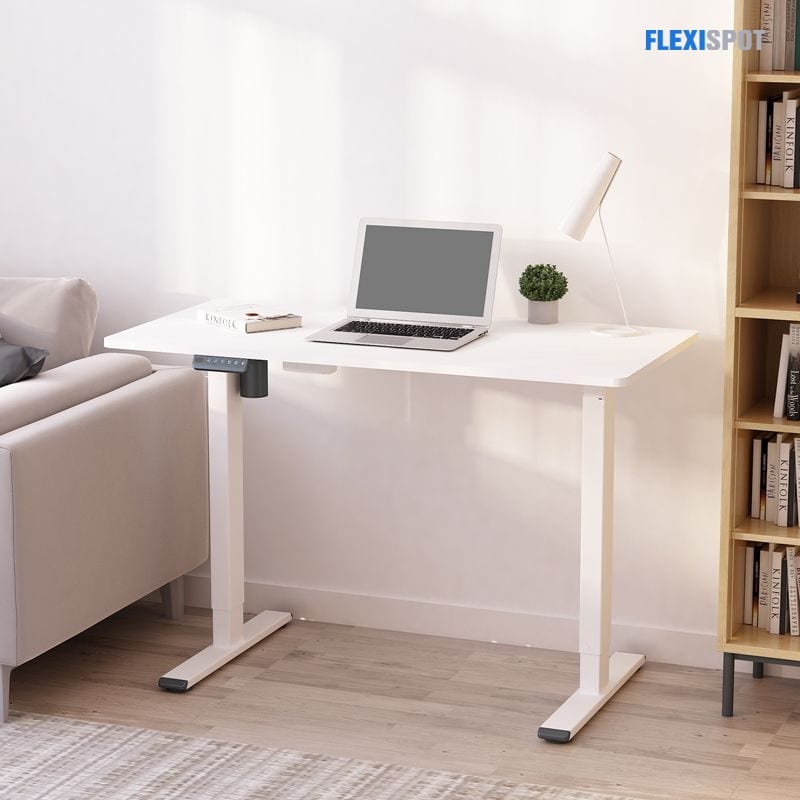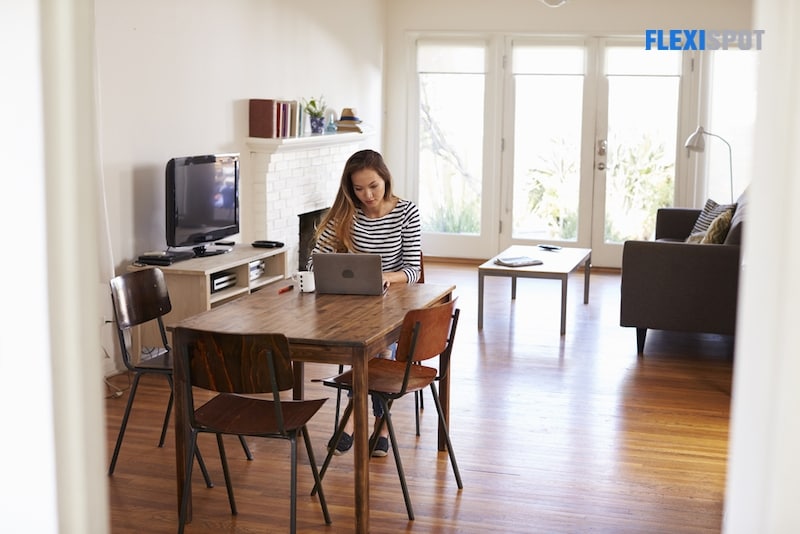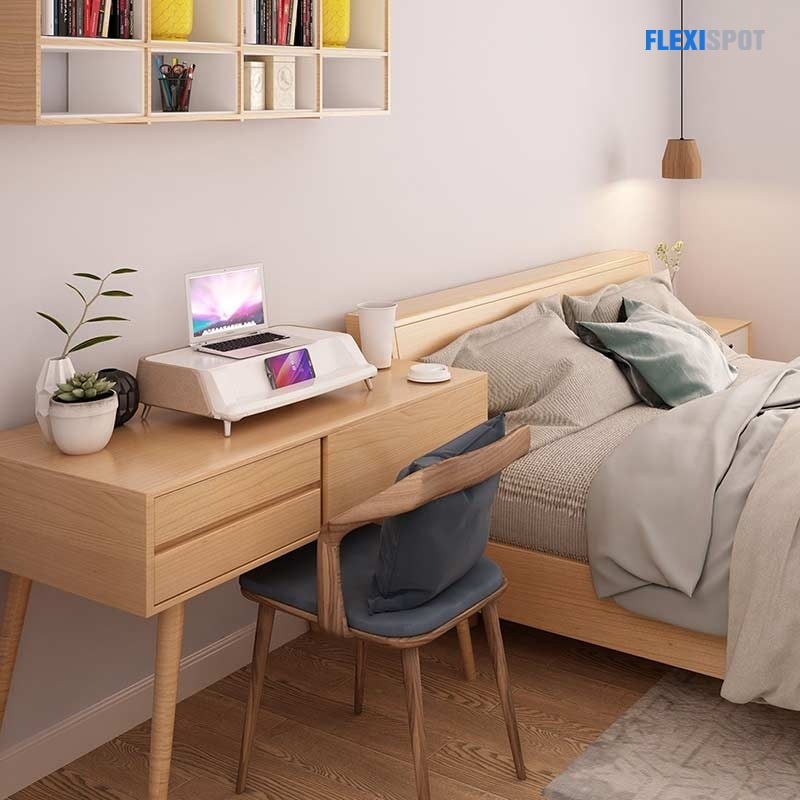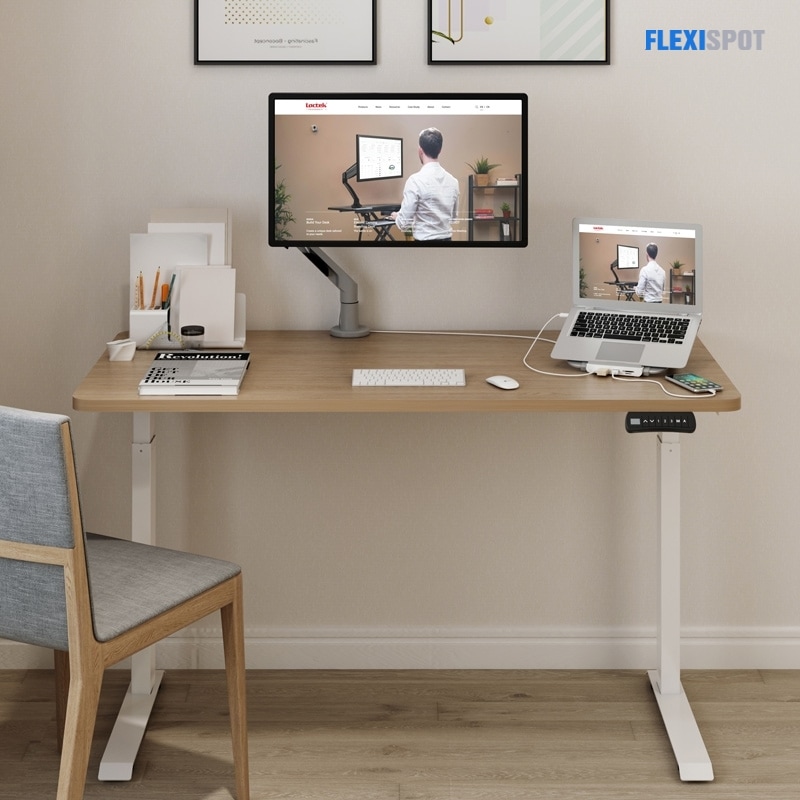You're still working from home if you get out of bed, read your emails in your jammies, and conduct your next meeting as soon as you notice you're not wearing pants. Following the COVID-19 outbreak, millions of Americans converted a room or a corner of their household into an improvised workplace. Even more intriguing, remote work could eventually replace the need for office space. Irrespective of your existing environment, you may make any part of your home into a dedicated workspace by optimizing it.
Your home workspace should be more than just a comfy seat on the couch with good WiFi. Perhaps you'll try to imitate the atmosphere of a collaborative place or ignore you're working in your small apartment with your plants, pets, or partner. A home office should be a location where you feel motivated, focused, and determined and a place where you can get tasks completed.
This is much easier than it sounds since you may have never imagined yourself needing to establish a workstation in your dining area or carve out a workstation in a nook of your bedroom to work at home efficiently. If you believe you can just take a seat at your kitchen table with your laptop and charger and be good to go, you should do yourself a favor by working remotely in a more comfortable setting.
Creating a Workspace Corner
A well-equipped, structured workstation can help you stay focused and improve productivity. Yes, a home office is a privilege, and it is one that you can manage even if you have limited space. Even if you don't have a designated area, you can make one in your home.
Living Room
Consider any empty nook in your household as a suitable place for your workspace, whether it's in a shared space or even a hallway when completing a walk-through.
Stair Landing
Place a desk on an odd landing spot at the top of a stairwell or at the bend of a stairwell. Choose a compact setup so that the "office" is narrow enough to not get in the way of anyone passing by.
Kitchen
If you're a multitasker or require a workspace that doubles as a study station in the afternoon, this is the place to be. This kitchen workspace utilizes one wall for vertical shelving and occupies a modest amount of unwanted floor space.
Closet
Consider transforming a spare closet into a snug workspace if you have extra closet space than you need. After you've cleaned it up, add some shelving and task lamp, and then sit down in a comfortable office chair. Eliminate the closet door to turn it into a home expansion, or retain it so you can shut it when it's time to rest for the night.
Under the Stairs
Utilize the space beneath your stairs for a workspace unless it is required for the structural stability of your home. Smart storage is provided via wall-mounted shelves and wheeled bins. Add a splash of color to your corner by painting an accent wall.
Dining Table
Do you want a workstation with such a low profile that you can't tell it's there? If that's the case, then this design inspiration is for you. This modest workspace, which sits right underneath the island countertop, looks into the kitchen. The space looks bright and appealing thanks to crisp white walls and well-placed lighting.
Cabinets
Your workplace is hidden behind a thin countertop with a built-in cabinet along a wall of cupboards. Additional shelves above keep books and other essentials for the home office within arms reach.
Entryway
A wall-mounted floating desk may be precisely what you need to ensure that everyone has a small spot where they can work on the go. A floating desk has a small work surface that can fit a laptop and several small shelves for storing office supplies.
Bedroom
If you do choose to have your workspace in your bedroom, make sure to include storage with doors so you can hide documents, printers, and other potential eyesores.
Attic
Take a trip up to the attic, where there seems to be enough space for some peace and quiet and your most productive workweek. To make your workspace fit, you'll have to declutter the space.
Basement
Sconces keep this basement workspace from seeming like a dungeon, and the neutral color choice gives warmth and character.
Other Ways in Establishing a Workspace with Limited Space
Consider that a few other helpful things make the journey much more pleasant, as a home office ought to be a spot where you feel both motivated and inspired.
- Purchase a laptop stand. A laptop stand like this is ideal for folks who don't want to strain their neck too far up or down, depending on the height of the platform they're working on.
- Use a mouse that you prefer. An ergonomic mouse features a curved design that is comfy for your hand, preventing cramping and carpal tunnel syndrome.
- Get an external keyboard to type better. It's ideal for when you're on the road, and it's also practical for your home office. When you don't need it, you can effortlessly store it. It's a wireless Bluetooth keyboard that allows you to type silently.
- Pick an appropriate desk. Make it ergonomic too. Why not get an adjustable standing desk,like these from FlexiSpot, to ensure that you don't just stay stuck seated in your already minimal space. You can have a desk with drawers if you want, such as this. This elegant home office desk is also a terrific option if you're looking for something stylish and appealing for your home's designated workspace in any room. If you're set on working from bed, at the very least, get yourself a laptop table.
- Opt for a desk riser if you can't commit to a standing desk. Because you can use it with a conventional desk, it's an excellent substitute for a standing deskThis adjustable desk riser is inexpensive and will easily fit your laptop or an external display with a keyboard.
- Choose an ergonomic chair as well. The type of chair you can get will be influenced by the amount of space you have and the desk you're using. For a wheeled chair, we recommend this ergonomic desk chair, which also includes lumbar support.
- Block out noise with noise-canceling headphones. You can wear noise-canceling headphones in meetings and while working at home to reduce distractions to a minimum. If you're on a phone conversation while working from home with others, you can use noise-canceling headphones to drown out other people's voices.
- Avoid Eye Strain with Soft Lighting and Natural Light: You might want a floor lamp based on how much floor area you have, and you might want a lamp that sits on a shelf or clamps on your desk. If you have the option, consider where natural light falls on your windows throughout the daytime. Consider your desk's placement: will you seem "back-lit" during conferences if the sun is behind you? These are helpful questions to consider to prevent having to change positions during meetings.
Having a home workspace is a huge plus when you're working remotely and don't have much room in your house. If you've been thrown into the position, though, your workstation can be anywhere you want it to be.




